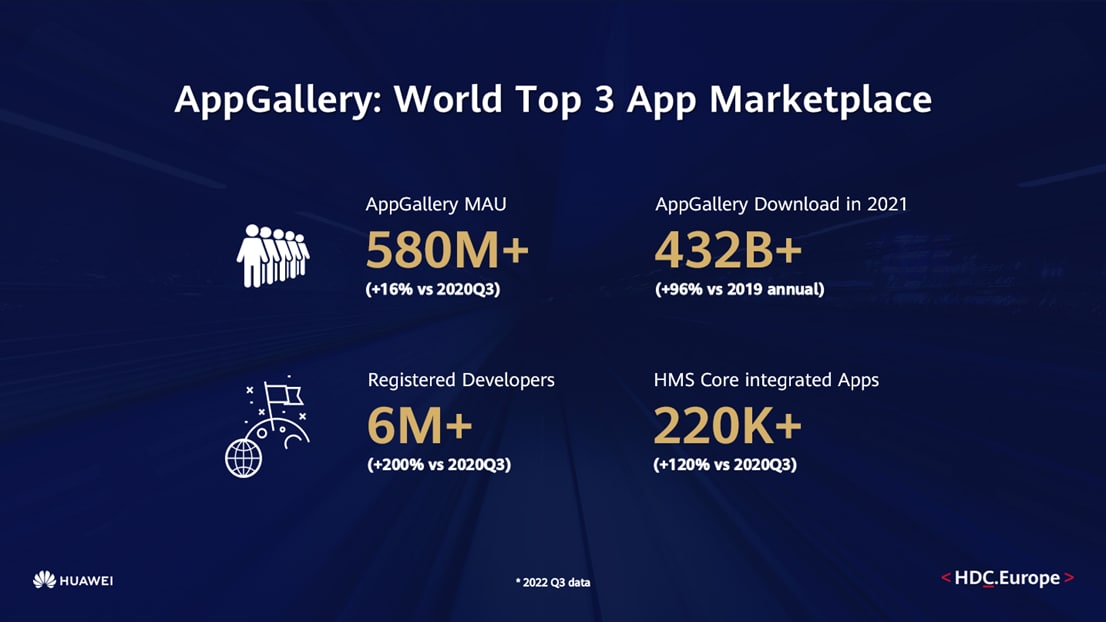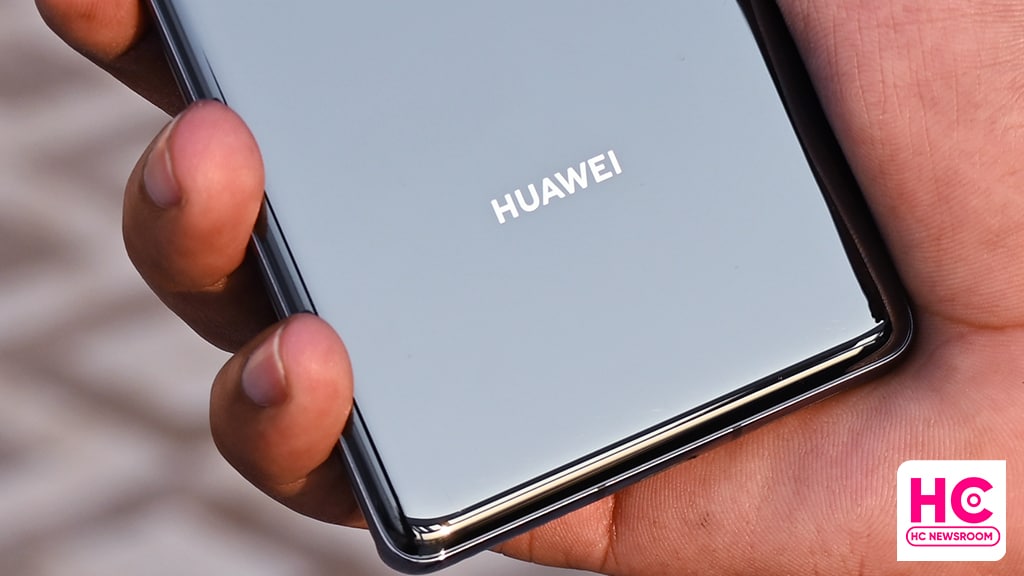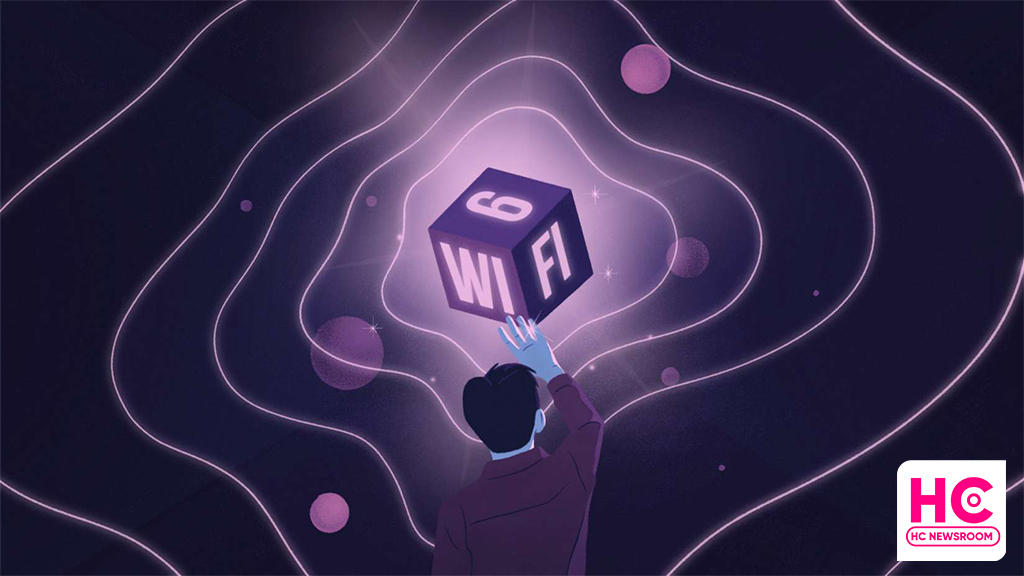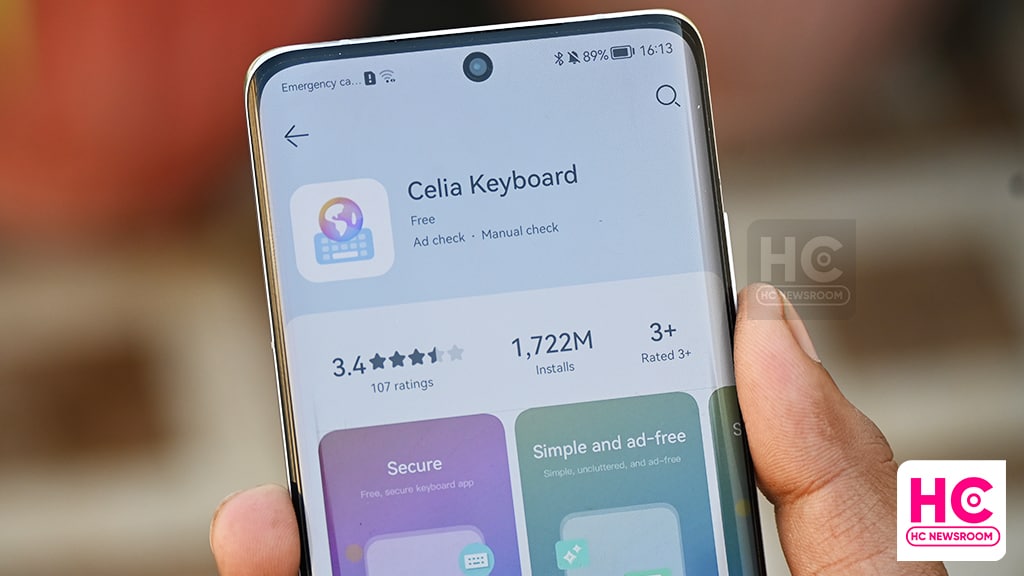HarmonyOS 3 changelog for Huawei Watch 3 [Global]
Huawei Mate 40 series gets Turbo Charge mode
Breaking: Global Huawei Watch 3 began receiving HarmonyOS 3
Huawei Watch GT 3 HarmonyOS 3 beta delayed to next year
So, Huawei P60 will run HarmonyOS 3.1
Which non Google apps Huawei phone you purchased in 2022?
Huawei Pocket S flip phone’s 512GB version enters sale
Huawei Mate X3 and P60 to clash for launch date
So, Huawei P60 will run HarmonyOS 3.1
The tiny Huawei Y5p is still a super affordable phone
Huawei Mate 40 series gets Turbo Charge mode
Huawei Nova 5T gets 2022’s last EMUI update
Huawei P50 Pocket gets December 2022 EMUI update [Global]
Breaking: Global Huawei Watch 3 began receiving HarmonyOS 3
Huawei Nova 9 SE gets December 2022 update
Download the latest Google Play Store APK [33.6.13]
Huawei Petal Maps 3.2.0.200 brings new features
Download Huawei AppGallery App (12.7.1.300)
Google Play Store 33.6.13 is up in stock
Get the latest My Huawei app [12.1.10.300]
Huawei MateBook 14s Intel i9 sale begins
Huawei MateBook D14 SE notebook gets 16GB RAM version
Huawei MatePad SE and Pro 12.6 gets new memory version to Malaysia
Huawei MatePad Pro 10.8 gets November 2022 patch
Huawei is the only PC maker to make growth in Q3 2022 in China
HarmonyOS 3 changelog for Huawei Watch 3 [Global]
Latest Huawei tech could detect Lung infection using SpO2
Check Huawei Watch GT 2 owners’ feedback on user experience in 2022
Huawei Band 4 with SpO2 opens sale at lowest price
Huawei launches ‘Year of the Rabbit’ FreeBuds earphones engraving service
Published
on
By
During HDC.Europe, Huawei announced new progress of AppGallery, which has now surpassed 580 million monthly active (MAU) users. On the other hand, the total number of HMS-powered apps on AppGallery has reached over 220,000.
Launched in 2018, Huawei Mobile Services (HMS) ecosystem has seen impressive progress. By the end of the third quarter of 2022, Huawei AppGallery crossed 580 million MAU, over a 16% growth rate as compared to last year.
AppGallery downloads in 2021 have now increased to 432 billion with over 96% additions compared to 2019. Furthermore, the app distribution platform now has a developer community of over 6 million people – a 200% growth compared to the same quarter in 2020.
Therefore, AppGallery now hosts 220K apps with a 120% growth rate vs 2020 Q3. The number of apps that can be experienced on HMS smartphones also grew by 147% in 2021.

Loyalty program:
Adding to this, Huawei announced a new AppGallery loyalty program featuring different discounts. Users will be able to level up and claim discounts of increasing value, download new apps, making in-app purchases.
In September 2022, AppGallery was named the ‘Rising Star’ by Newsweek at the leading international trade show for consumer electronics, IFA 2022, in Berlin.
According to Huawei, you will get co-innovative features on AppGallery, including:
- Safeguard your data security
- Enhanced visual search experience
- Loyalty program
- Tailored feature for browsing privately
- Eco-friendly map by design
AppGallery:
Huawei AppGallery is the official app distribution platform for Huawei smartphones, tablets, smartwatches, and other devices. Currently, it supports both Android and HarmonyOS software.
As one of the world’s top 3 app markets, it provides developers with rich tools, capabilities, resource support, and full-stack solutions to create great apps.
Huawei Ads growing rapidly and qualitatively in 2022
Huawei launches 3D real world for Petal Maps
I like to listen to music, sing, dance, and play outdoor games. I have a huge interest in reading novels and cooking. I’m good enough as a speaker. Besides, I have the willingness to learn new things and increase my knowledge in different aspects with full dedication and determination.
2022, a tough year for Huawei smartphones but also crucial
EMUI Large Folders is the feature of the year
Huawei and Qualcomm leads Wi-Fi 6 innovation
Published
on
By
We’re about to complete 2022 and it was a tough year for Huawei but it was also an important one for the Chinese smartphone maker in every aspect whatsoever.
This year, Huawei skipped the Huawei P60 series launch event, which used to happen in the first quarter. However, the issues were related to a scrambled supply chain. After the events of the 2019 U.S. blacklisting, Huawei was under tight scrutiny and facing severe challenges in the supply chain.
Hence, components such as smartphone chipsets became hard to organize for new Huawei devices. In 2022, Huawei readjusted around the current business with Qualcomm and used 4G chips in the latest smartphones.
Since Huawei can no longer print HiSilicon chipsets via chipmakers such as TSMC, the company is relying more on Qualcomm and less on Kirin. The beginning was difficult but Huawei later assured sufficient Snapdragon supplies.
GMS:
Google Mobile Services and Play Store have been a big matter of concern for new smartphone buyers. This year, most consumers knew that Huawei phones no longer support Google apps. On the other hand, customers could now easily determine whether to buy a Huawei phone without any confusion.
EMUI and HarmonyOS:
2022 has proven to be a major year in EMUI and HarmonyOS software rollout history and it brings you the latest features. However, the latest version is yet to rollout for old phones.
Smartwatch and wearables:
Other than smartphones, Huawei is focusing on all of the smart consumer platforms such as tablets, smartwatches, and earbuds. The company continues to innovate for a better user experience and launch new products.
Signs of return:
Progress leads toward a positive state and the progress made over the past year is crucial from all angles. To understand, Huawei is gradually returning shipment records in the Chinese market. A place, where Huawei ruled supreme before the U.S. ban.
2022 was a tough year, the move in market share is gradual but the positive numbers for Huawei are encouraging and it laid out a good foundation for 2023. 
Published
on
By
A Chinese information and communication technology academy released a report on Global Wi-Fi 6 technology innovation and standard 2022 and Huawei is revealed to be a leader in this Wi-Fi version along with Qualcomm.
Patent data and analysis are based on the data compiled throughout the year including legal status, layout region, patentee, and technology to demonstrate global Wi-Fi 6 innovation activities and development trends.
The researcher pointed out that the evaluation results show that among the 2,115 Wi-Fi 6-related patent families retrieved and evaluated (published before July 2021), 606 were evaluated as Wi-Fi 6 standard-essential patent families.
Among them, companies with the largest holdings include Qualcomm, Huawei, Intel, LG, Marvell/NXP, MediaTek, Broadcom, and ZTE. The total number of Wi-Fi 6 standard-essential patent families of the above-mentioned eight companies exceeds 90% of the number of Wi-Fi 6 standard-essential patent families assessed this time.
From these Wi-Fi 6 leaders, Qualcomm ranked first, accounting for 20.46%, and Huawei ranked second, accounting for 20.30%. From a technical point of view, frame structure design, preamble design, and OFDMA are the most deployed technical directions.
Judging from the time distribution of 606 family patents, before the IEEE started the standardization work of 802.11ax (Wi-Fi 6) in 2013, enterprises had already started the pre-research work of the Wi-Fi 6 standard and laid out a small number of Wi-Fi 6 standard requirements. patent.
After 2013, while enterprises actively participated in standard formulation, they also concentrated on the deployment of Wi-Fi 6 standard essential patents, and the number of applications reached a peak in 2015, and then began to decrease year by year.
Among the 3,564 Wi-Fi 6 valid patents/patent applications in the 606 families, the number of applications in the United States ranked first, accounting for 31.9%; the number of applications in China ranked second, accounting for 14.9%.
Japan’s patent applications accounted for 13.7%, 8.7%, and 8.2% respectively. Another 22.6% of patents are distributed in 33 other countries or regions around the world, among which Brazil, Canada, and Australia are the most distributed countries. 
Published
on
By
Huawei has launched Celia Keyboard for its smartphone and now added enter to send a message for social messaging apps including WeChat and QQ in China.
According to the information, Huawei Celia Keyboard for tap to enter to send a message feature comes with app version 1.0.19.103. Since, these apps aren’t available in the global market, we may not see it rolling out.
After this update, the Celia Keyboard will enable this feature of WeChat and QQ to press the enter key to send messages. Complaints and reporting portals for quotations, emoticons, skins, have been added. Newly added pinyin input during the upward sliding number without interrupting the input; associative word engine optimization, etc.
Below you can check the complete changelog:
- Add WeChat, QQ Enter key to send messages feature
- Added complaint reporting portals for quotations, emoticons, skins, etc. in the mall
- During the new Sogou input process, sliding up the number does not interrupt the input
- Associative word engine optimization
- Bug fixes

Copyright © 2022 Huaweicentral.com